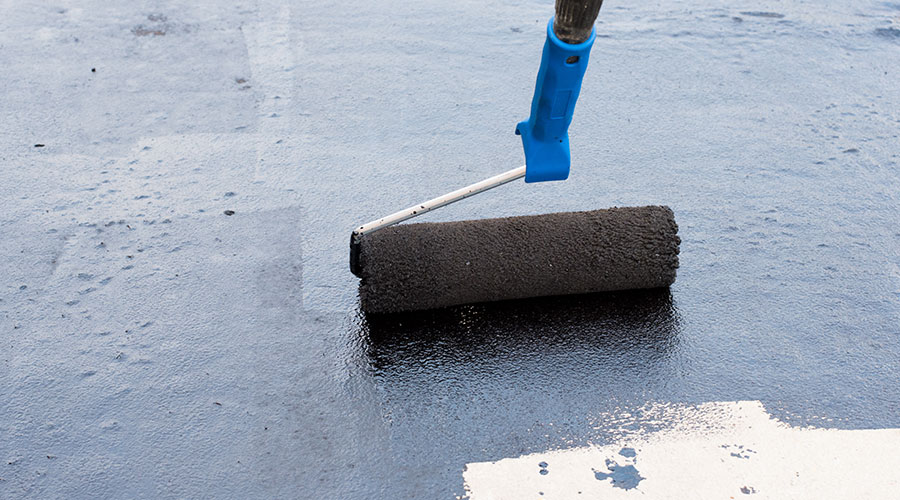Maintenance Best Practices for Metal Roofing
Proper maintenance plans for metal roofing include regular inspections to check for distress conditions, which can include: movement distress of panels and fasteners; sealant failures; fastener gaskets; damage from snow, ice or hail; failures of surface coatings; and drains and gutters clogged with debris.
Technicians should replace fastener gaskets when they reach the end of their expected service lives. They also should inspect and replace sealants at penetrations and perimeters as needed. Most sealants will not last more than 20 years, but some butyl sealants retain their bond and elasticity far longer.
Maintenance technicians should walk directly over joists and purlins to prevent accidental bending or dishing of sheet metal roof panels. They also should minimize foot traffic on sheet metal roofs because scratches can expose the steel sheet, creating the potential for corrosion. Technicians also should be careful not to scratch the surface when walking on or cleaning debris off a sheet metal roof.
Metal roofing systems can be a cost-effective and viable choice for new and replacement roofing. Taking care in selection, design and installation will result in an attractive, low-maintenance solution.
Wade L. Vorley, CDT, is a roofing and building envelope consultant for Wiss, Janney, Elstner Associates Inc. (WJE) in Seattle. He has more than 20 years of experience in the roofing industry. David A. Deress, P.E., RA, has been with WJE for more than 20 years, consulting on roofing, windows, and other building envelope issues. He is an architect, professional engineer and the branch manager for the firm’s Seattle office.
Metal Roofing Resources
• Cool Metal Roofing Coalition
http://www.coolmetalroofing.org
• U.S. Department of Energy
http://www1.eere.energy.gov/buildings/reflective_roofing.html
• Energy Star
http://www.energystar.gov/index.cfm?c=roof_prods.pr_roof_products
• Lawrence Berkeley Laboratory’s Heat Island Group
http://eetd.lbl.gov/heatisland/
Related Topics:














